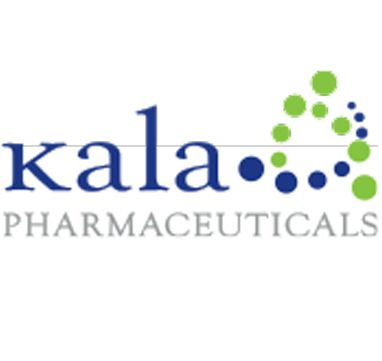Article
Kala Pharmaceuticals Launches Eye Drops for Dry Eye Disease
Author(s):
Eysuvis 0.25% is the first and only approved prescription therapy for short-term treatment of signs and symptoms related to dry eye disease.

In January, Eysuvis (loteprednol etabonate ophthalmic suspension) 0.25% for dry eye disease launched across the US in national and regional pharmaceutical distribution centers.
Patients can now access the treatment through their local retail pharmacies or using home delivery.
Last October, the US Food and Drug Administration (FDA) approved Eysuvis, making it the first and only prescription therapy for short-term treatment of signs and symptoms related to dry eye disease.
“The FDA approval of EYSUVIS as the first prescription therapy specifically developed to address the short-term treatment needs of people living with dry eye disease is a major accomplishment for Kala and an important moment for patients, who have been waiting for an FDA-approved, safe, effective and fast-acting therapy,” said Mark Iwicki, Chairman, President and Chief Executive Officer of Kala Pharmaceuticals, in a statement.
The approval of EYSUVIS was based on the results from 4 clinical trials, including 3 Phase 3 trials and 1 Phase 2 trial. Across all trials, the therapy led to significant improvements in dry eye disease symptoms.
STRIDE 3: A Clinical Trial
Its most recent trial, STRIDE 3, had met both of its primary efficacy endpoints.
The study, a multicenter, randomized, double-masked, placebo-controlled, parallel arm study, had compared Eysuvis to vehicle, dosed 4 times a day for 2 weeks.
All patients (n = 901) were randomized 1:1 to either Eysuvis or placebo.
As such, treatment demonstrated a statistically significant improvement in the symptom endpoint of ocular discomfort severity (ODS) at day 15 in the overall intent-to-treat (ITT) population (P = 0.0002) and in those with more several ocular discomfort at baseline (P = 0.0007).
The study investigators also reported statistical significance in the key secondary endpoints of conjunctival hyperemia at day 15 (P < 0.0001) and ODS at day 8 (P = 0.0282) in the ITT population.
They also observed significant results for total corneal staining at day 15 for treated patients (P = .0042).
Overall, treatment was well-tolerated with adverse events and intraocular pressure comparable to vehicle. The most common adverse events observed in the trial was instillation site pain—which was reported in 2.9% in the Eysuvis group, compared with 1.5% in the placebo group.
“We are thrilled with the results of STRIDE 3, which build on our prior clinical experience with Eysuvis in our phase 2, STRIDE 1 and STRIDE 2 trials,” Iwicki noted in a previous press release.



